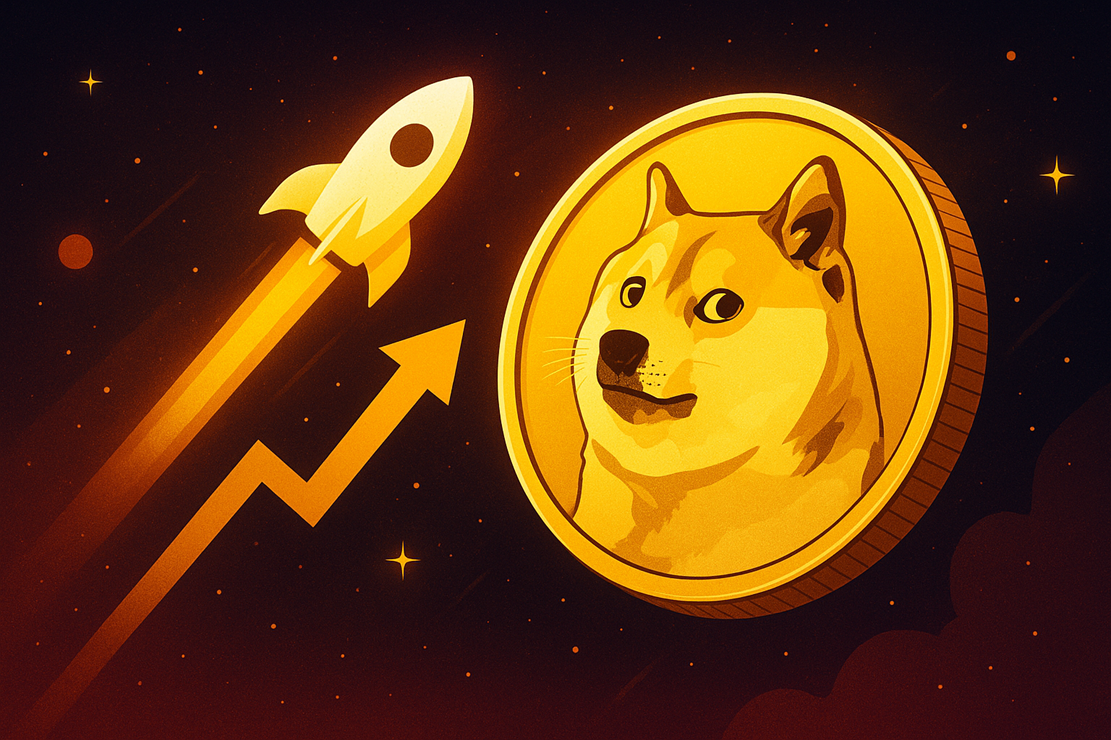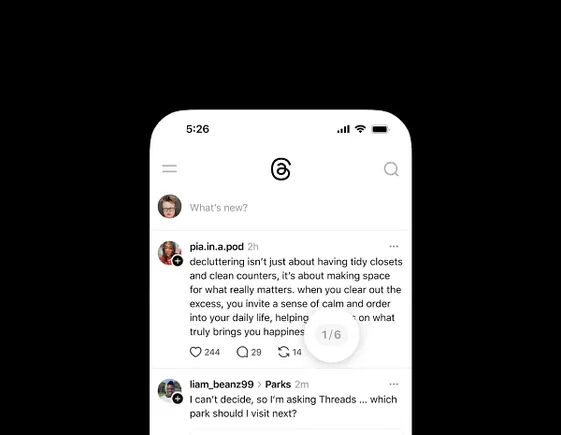Google’s Bard chatbot is getting way better thanks to Gemini
Bard has access to Google’s apps and now its best large language model, too. | Image: GoogleWhile OpenAI’s ChatGPT has become a worldwide phenomenon and one of the fastest-growing consumer products ever, Google’s Bard has been something of an afterthought....
/cdn.vox-cdn.com/uploads/chorus_asset/file/24931893/google_bard_extensions.png)
While OpenAI’s ChatGPT has become a worldwide phenomenon and one of the fastest-growing consumer products ever, Google’s Bard has been something of an afterthought. The chatbot has steadily gained new features, including access to your data across other Google products, but its answers and information have rarely seemed to rival what you get from ChatGPT and other bots using GPT-3 and GPT-4.
The case for Bard may have just gotten more compelling, though: as of today, for English-speaking users in 170 countries, Bard is now powered by Google’s new Gemini model, which it says matches and even exceeds OpenAI’s tech in a number of ways. (Google says Gemini is coming to more languages and countries “in the near future.”)
Bard is now running Gemini Pro, the middle tier of the Gemini series. Ultra is the biggest and slowest but the most capable, Nano is small and fast and meant for on-device tasks, and Pro sits right in the middle. It’s meant to be the Goldilocks version of the model, really: fast and efficient while still as capable as possible.
Pro is meant to be the Goldilocks version of Gemini: fast and efficient while still as capable as possible
Sissie Hsiao, who runs Bard and Assistant at Google, said in a press briefing that Gemini represents the “biggest and best upgrade yet” for Bard. It should be a marked improvement for just about everything Bard already does: summarizing, brainstorming, writing, and the like. Sundar Pichai, Google’s CEO, tells me that, in his testing, he’s found that there’s not so much a whizbang new feature as there is just an overall improvement across the board. “I think people are just going to find that the product got a lot better,” he says. “It understands their intent better, it’s answering better. It’s more factual, higher quality. If you’re trying to code it’s better!”
Right now, Bard is still just a chatbot: you type, it types back. But there’s a new version of Bard coming soon that could be much more. Next year, Google is planning to launch a preview of “Bard Advanced,” powered by Gemini Ultra, which is the most powerful and capable version of Google’s new large language model. Gemini Ultra is also the multimodal version of the model, meaning it can accept and create images, audio, and video in addition to just text.
The non-text interactions are where Gemini in general really shines
The non-text interactions are where Gemini in general really shines, says Demis Hassabis, the head of Google DeepMind. “We built it to be natively multimodal from the ground up,” he says. “That’s one of the new capabilities that it has… the kinds of seamless integration and reasoning it can do across modalities.” Google’s demos included the YouTuber Mark Rober using Bard to make the perfect paper airplane — including by taking photos of his designs to get AI-provided feedback — and parents uploading pictures of their children’s homework to get help figuring out where their math went wrong.
That’s all just demos and promotional videos for now, though. Pichai says he thinks of this launch both as a big moment for Bard and as the very beginning of the Gemini era. But if Google’s benchmarking is right, the new model might already make Bard as good a chatbot as ChatGPT. And that’s already a pretty impressive feat.

 Konoly
Konoly 































.jpg&h=630&w=1200&q=100&v=f776164e2b&c=1)